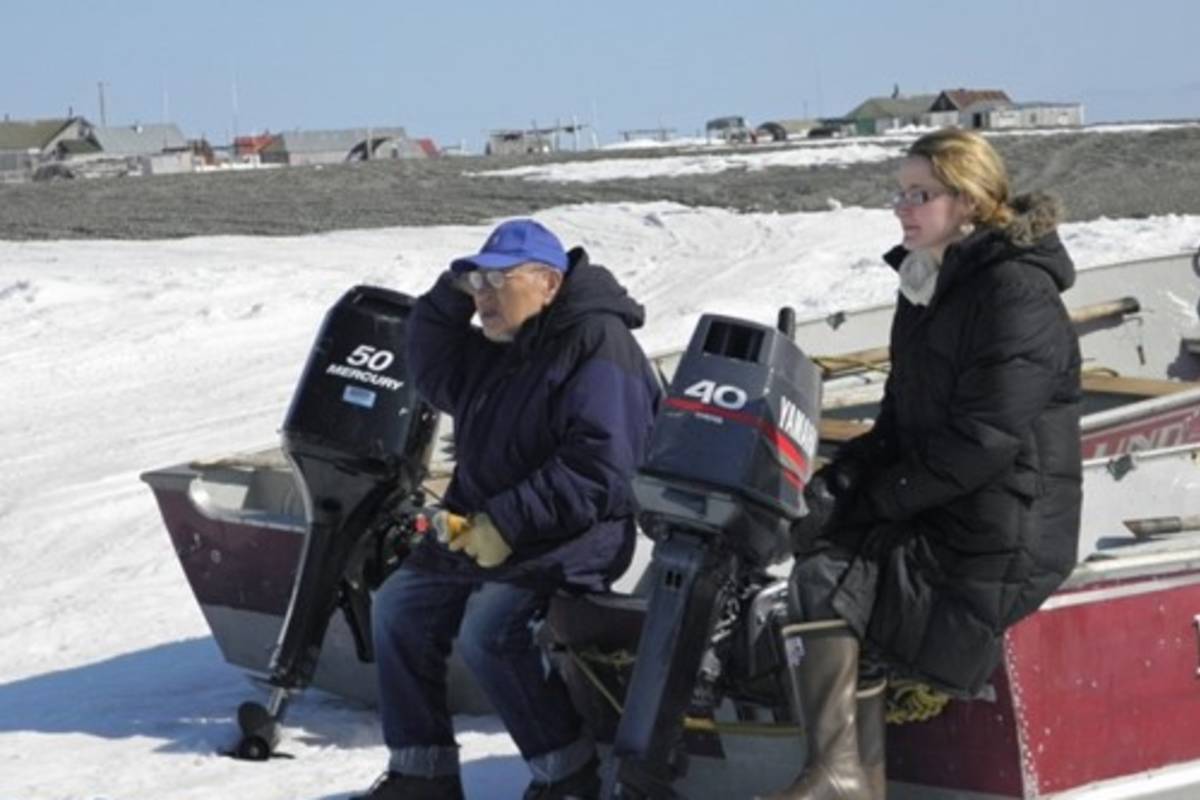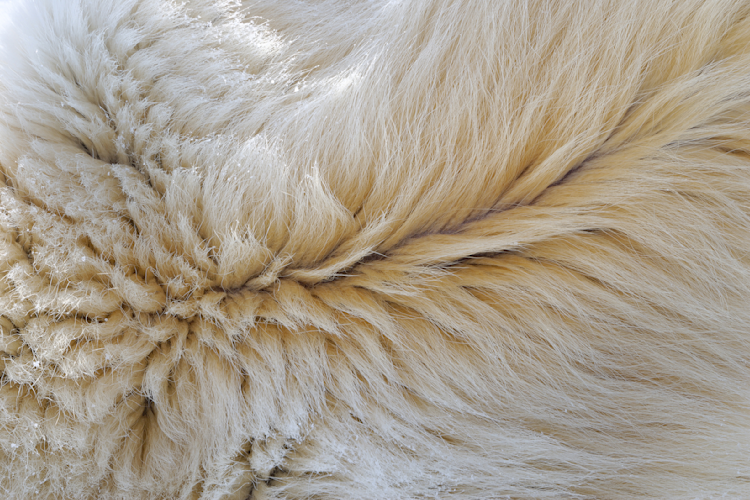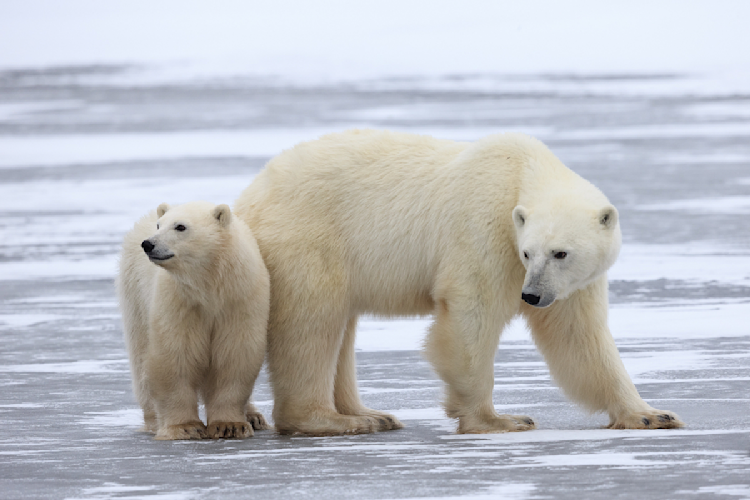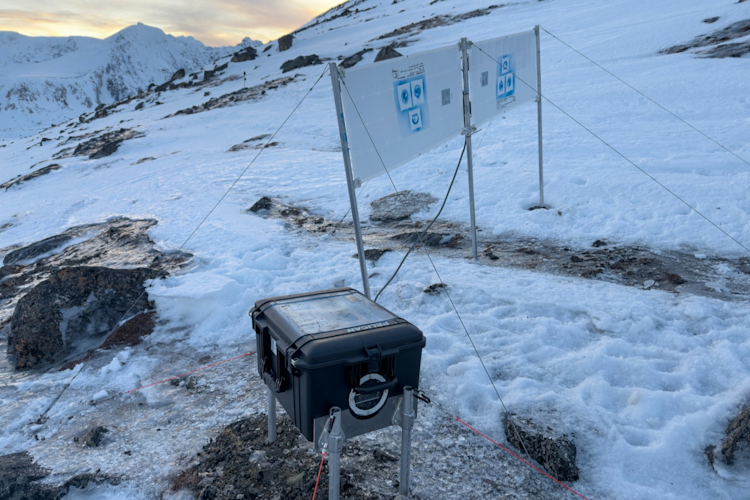Attend a wildlife management meeting in rural Alaska and you will hear a common theme: Why don't biologists and managers spend more time listening to what tribal residents have to say about climate change and its effects on local wildlife? After all, Alaska Native people have lived and hunted in this part of the world for thousands of years. In northern Alaska, nanuq (polar bears) have long been used for food and traditional clothing; today, polar bears and polar bear hunting continue to play a central role in Iñupiat social and spiritual life. These communities have survived and thrived precisely because they keenly observe the environment and share this knowledge across generations. Such cultural expertise is commonly known as "Traditional Ecological Knowledge," or TEK. It is a living body of knowledge that changes in response to environmental transformations.
In the context of rapid climate change, the Southern Beaufort Sea polar bear population, which ranges across the North Slope of Alaska and northwestern Canada, has experienced some of the most significant declines in summer sea ice of any populations in the circumpolar Arctic. Iñupiat individuals who have spent time hunting and observing polar bears for long periods of time in the wild often comment on their surprising creativity and resourcefulness, which they describe as "human-like." Unfortunately, humans and polar bears are both facing new limits on their ability to adapt to changing conditions in the far North. Scientific research suggests that Southern Beaufort Sea polar bears are experiencing declines in body condition and cub survival associated with sea ice loss.
While shrinking sea ice habitat presents the greatest long-term threat to polar bears, secondary and more immediate "feedback" threats are also becoming evident. However, scientific access to direct study of polar bears in their environment is limited to a short catch-and-release field season each year. In contrast, people who live in this region interact with and observe polar bears year-round and across multiple seasons. These on-the-ground observations have the potential to point towards unexpected points of intervention and mitigation, through which wildlife managers may be able to create adaptive conservation measures in cooperation with local residents.
TEK helps us understand the true complexity of Arctic ecology. However, in order to travel beyond informal conversations between hunters and managers and stand on its own footing in scientific arenas, this knowledge must be documented in a systematic and reliable way. Furthermore, in order to enter into management decisions, documented TEK must be current. However, hunters' knowledge of Southern Beaufort Sea polar bears in Alaska has not been studied since the late 1990s, before climate change became the primary threat.
Beginning this fall, our research team and partners, as part of a project organized by Polar Bears International, will begin an extensive effort to accurately document indigenous knowledge about polar bears in the southern Beaufort Sea by interviewing local polar bear hunters and cultural experts. This work builds on similar efforts in northwestern Alaska involving some of the same team, and will complement recent polar bear TEK initiatives conducted in northwestern Canada. It is being made possible by generous funding from the National Fish and Wildlife Foundation and the North Pacific Research Board.
We come to this work with a diverse research team consisting of social scientists, Iñupiat experts, and biologists. The steering committee is led by myself, Dr. Henry Huntington (PEW), Dr. Karyn Rode (USGS), Andrew Von Duyke (NSB), and Geoff York (PBI). The North Slope Borough Department of Wildlife Management, which has a unique history of bringing together scientific research and local knowledge, is a key partner. North Slope Alaska Native communities were pioneers in advocating for greater consideration of TEK within wildlife management decisions; today, the Borough represents the region in the groundbreaking Inuvialuit-Iñupiat Polar Bear Management Agreement, which unites indigenous communities in Alaska and Canada in calling for TEK to be weighed side by side with scientific research.
Our research will launch in October 2016, when we will gather with cultural experts from Barrow, Wainwright, Nuiqsut, and Kaktovik, working to tailor our interview questions to recent observations and community concerns. Over the next two years, we will conduct interviews with polar bear hunters and cultural experts in each participating village, covering topics such as polar bear habitat and habitat use, local abundance, body condition, feeding, denning, and human-bear interactions. After putting together an initial report, we will take the results back to the communities to make sure we represent their words and knowledge correctly. Finally, we will publish our results, giving TEK a stronger voice in important decisions that will affect the future of polar bears as well as the Alaska Native people for whom they are so important.

















